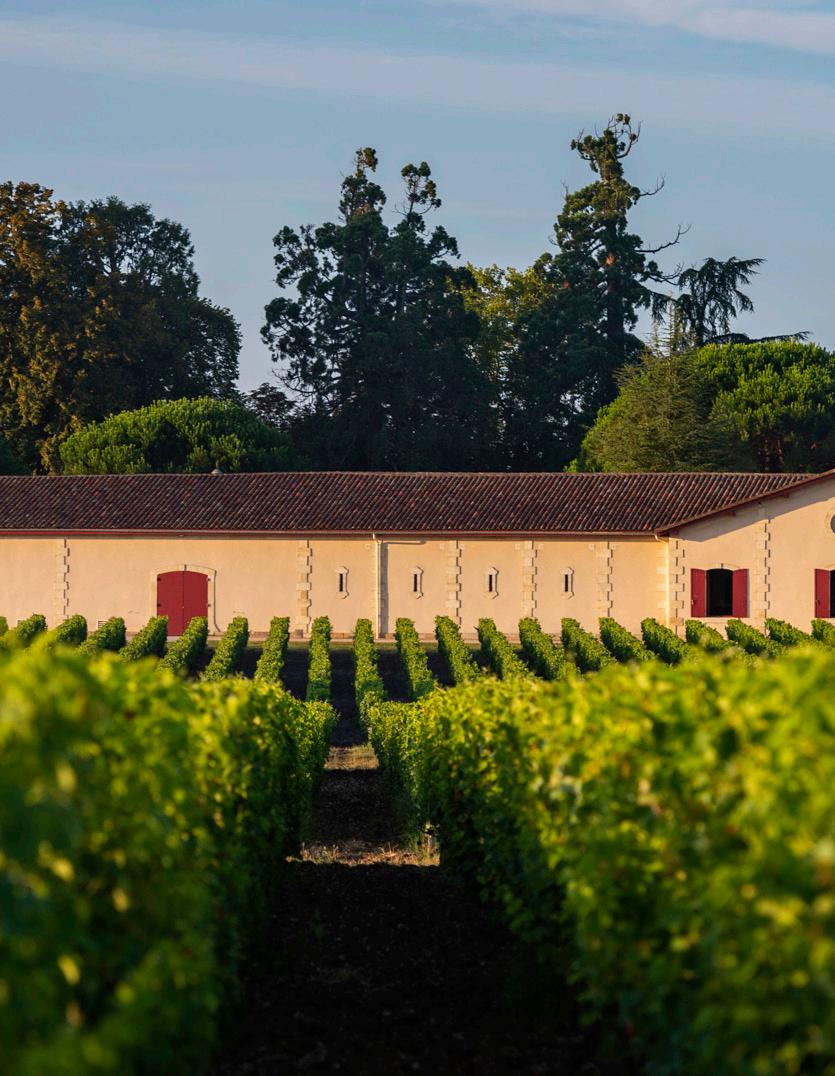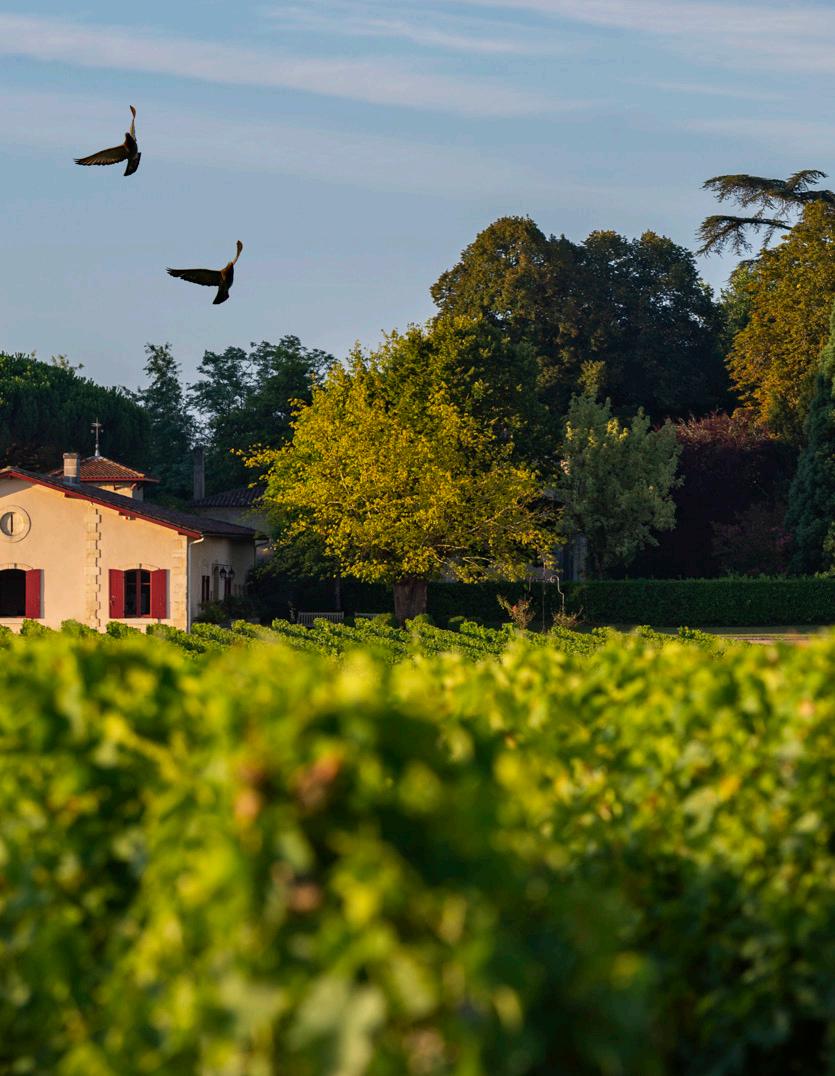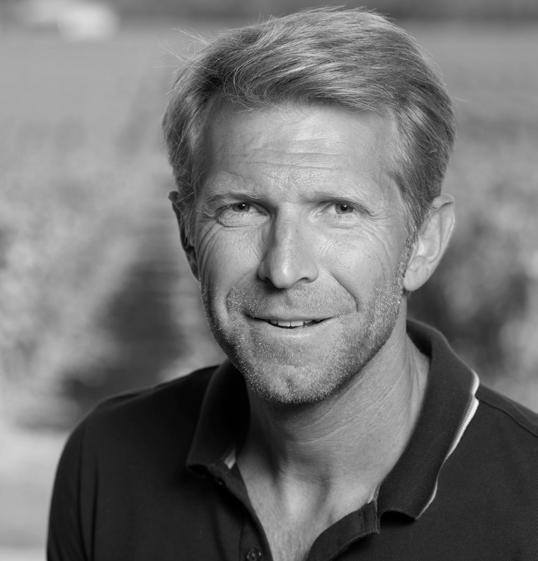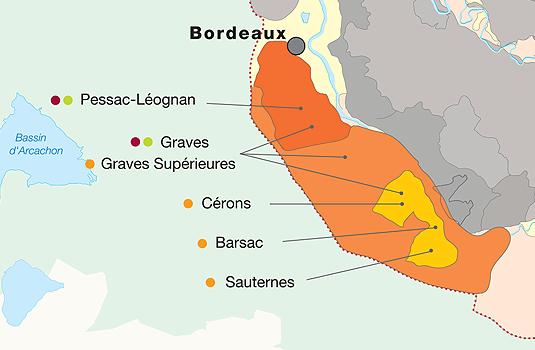
4 minute read
CHÂTEAU BROWN
from Earth Day Heroes
by gregoryvine
AOC Pessac-Léognan
Ecology has long been practiced in the vineyards of Château Brown. Led by JeanChristophe and technical director Bruno Patrouilleau since 1994, the estate is not organically-certified, in favor of a more holistic approach centered on two pillars: (1) Biodiversity in every aspect of vineyard management, and (2) Eco-responsibility, a commitment to reduce their carbon footprint from production to packaging.
Jean-Christophe Mau started his career in finance before embracing his true vocation in winemaking and viticulture. A member of the 5th generation of a distinguished Médoc family, Jean-Christophe is a true vigneron, and the force behind Château Brown in Pessac-Léognan, one of the most historic estates in Bordeaux with plantings that date back to the Middle Ages. The vineyard extends over 148 acres, comprised of Cabernet Sauvignon (53%), Merlot (45%) and Petit Verdot (2%) for the reds, and Sauvignon Blanc (60%) and Sémillon (40%) for the whites. From the outset, Jean-Christophe has been motivated to produce the quality one expects of a classified growth at Château Brown, without compromising an inherent kindness and respect for the planet, which he likes to remind us, “we only borrow from our children.” It is an ecological approach that JeanChristophe learned from his father, a man deeply attached to nature who taught his son to respect and preserve it above all things.


A Flower Farm and Fruit Trees
Only 55% of the estate is planted to vines, a healthy balance which Jean-Christophe strives to maintain. Biodiversity in the vineyard includes proven initiatives such as reducing treatments and optimizing soil management to strengthen microbial life through plant cover and natural fertilizers. What happens in the uncultivated areas is just as meaningful to biodiversity. Château Brown has been actively planting trees and hedges since 2015; set up an apiary in 2017; and most recently, installed an orchard and flower farm in 2020. The orchard includes 36 fruit trees (apple, cherry, pear and plum) planted next to the apiary. “The trees do not undergo any treatment and the fruits are not intended to be harvested,” explains Jean-Christophe. “Trees are refuges for biodiversity; they attract bees, insects and birds, and act as natural carbon traps.” The flower farm is a collaboration with a local grower to produce seasonal French blooms. “When Pauline contacted us to present her project to us, we were won over,” recalls Jean-Christophe. “The flower farm is in line with our values and is one more action to increase biodiversity.”
Château Brown Rouge 2015

From Vineyard to Bottle
“One more action….” is a recurring theme at Château Brown. Packaging has been a significant focus to reduce the estate’s carbon footprint worldwide, including the adoption of a locally-made cardboard shipping box derived from sustainable materials. 100% recyclable and printed with eco-friendly inks, the packaging is visually exciting and designed as a communications vehicle to engage consumers everywhere in recycling and waste reduction. To that end, Château Brown believes in a very transparent and educational approach to promote earthfriendly practices and regularly updates their website on new initiatives. Whenever possible, Château Brown also persuades trade partners to follow their sustainable lead. During the 2019 en primeur campaign, the estate actively encouraged merchants to choose cardboard packs over wooden crates: easier to recycle, cardboard boxes are the best choice for the environment.
The Consumer Challenge
Jean-Christophe sees evidence of biodiversity at work throughout his estate. After all, to be a winegrower is to work with nature. “I never imagined how positive the results would be,” he shares. “Each year, the fauna grows and becomes denser at Château Brown. We see roe deer, hares and wild boars, together with birds such as woodcock, woodpecker, and hoopoe that all testify to the quality and good health of the vineyard.” Unfortunately, consumer reactions remain mixed. “When we take the time to explain our approach to a consumer, they are often receptive to our environmental certification and appreciate what we do for biodiversity at the estate,” Jean-Christophe acknowledges. However, for many consumers the choice comes down to organic or not organic. It’s a binary vision that can be hard to overcome, and for some consumers, organic certification is the only standard of environmental merit.
The Path Forward
Jean-Christophe Mau believes that the path forward is to give back to nature and let the results shine forth. Nature is generous, but also capricious, and questions remain at Château Brown in the face of climate change: these include big picture decisions such as whether to cultivate new, more resistant grape varieties and whether Bordeaux winegrowers should have more permission to irrigate. The choices are not easy, and in some cases, profitability goals are at odds with biodiversity. “When you get involved in an environmental project, you have to do it first by conviction, not for profitability,” JeanChristophe admits. Thankfully, there are other rewards. “What I’m most proud of is the cohesion of my team. They are all committed to biodiversity at Château Brown.”










